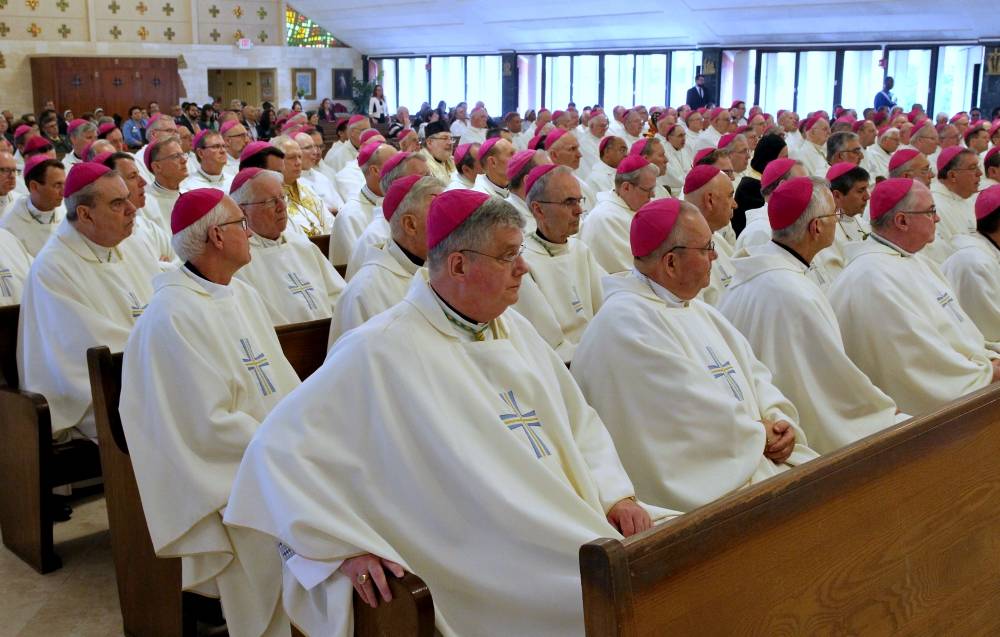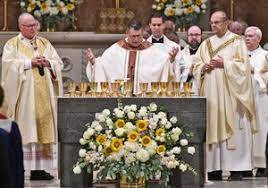THE JOURNEY OF THE CATHOLIC CHURCH
The Catholic Church has undergone significant changes and developments throughout its history, which spans over two thousand years. Here are some notable developments:
1. Early Christianity: The Catholic Church traces its origins to the early followers of Jesus Christ. The early Church was led by apostles and their successors, who established the foundations of the Church's doctrines and practices.
2. Middle Ages: During the Middle Ages, the Catholic Church became a dominant institution in Europe, with significant political power and influence. The Church played a significant role in shaping the culture, education, and political life of medieval Europe.(https://www.mcpsmt.org/cms/lib/MT01001940/Centrici..)
3. Renaissance and Reformation: In the 16th century, the Protestant Reformation challenged the authority of the Catholic Church, leading to the formation of new Protestant denominations. The Catholic Church responded with a period of renewal known as the Counter-Reformation, which emphasized the importance of traditional Catholic teachings and practices.
4. Vatican II: In the 20th century, the Catholic Church underwent significant reforms during the Second Vatican Council (Vatican II). Vatican II aimed to modernize the Church and make it more responsive to the needs of the modern world. The council resulted in changes to liturgical practices, the role of the laity, and interfaith dialogue.
5. Sex Abuse Scandal: In the late 20th and early 21st centuries, the Catholic Church faced widespread allegations of sexual abuse by clergy members. The scandal led to significant reforms in the Church's policies and procedures for addressing abuse allegations and protecting children.
Overall, the Catholic Church has experienced many changes throughout its history, including periods of growth, reform, and controversy. Today, the Church remains a significant religious institution, with over one billion members worldwide.
The Catholic Church has a hierarchical structure with various ranks, including:
1) Pope: The Pope is the Bishop of Rome and the leader of the worldwide Catholic Church. He is considered the spiritual successor of Saint Peter and holds ultimate authority over the Church.
2) Cardinals: Cardinals are appointed by the Pope and serve as advisors to him. They are typically senior bishops or archbishops and are often seen as potential candidates for the papacy.
3) Archbishops: Archbishops are bishops who oversee a larger geographic area or a group of dioceses.
4) Bishops: Bishops are responsible for overseeing individual dioceses and supervising the priests and deacons in their area.
5) Priests: Priests are ordained ministers who serve as spiritual leaders in their communities. They are responsible for performing sacraments, preaching, and providing pastoral care to their parishioners.
6) Deacons: Deacons are ordained ministers who assist priests and bishops in their duties. They may perform some sacraments, preach, and participate in pastoral care.
7) Laity: The laity refers to all baptized Catholics who are not ordained clergy. They play an important role in the life of the Church, serving as volunteers, lay ministers, and active participants in the Church's ministries and activities.


